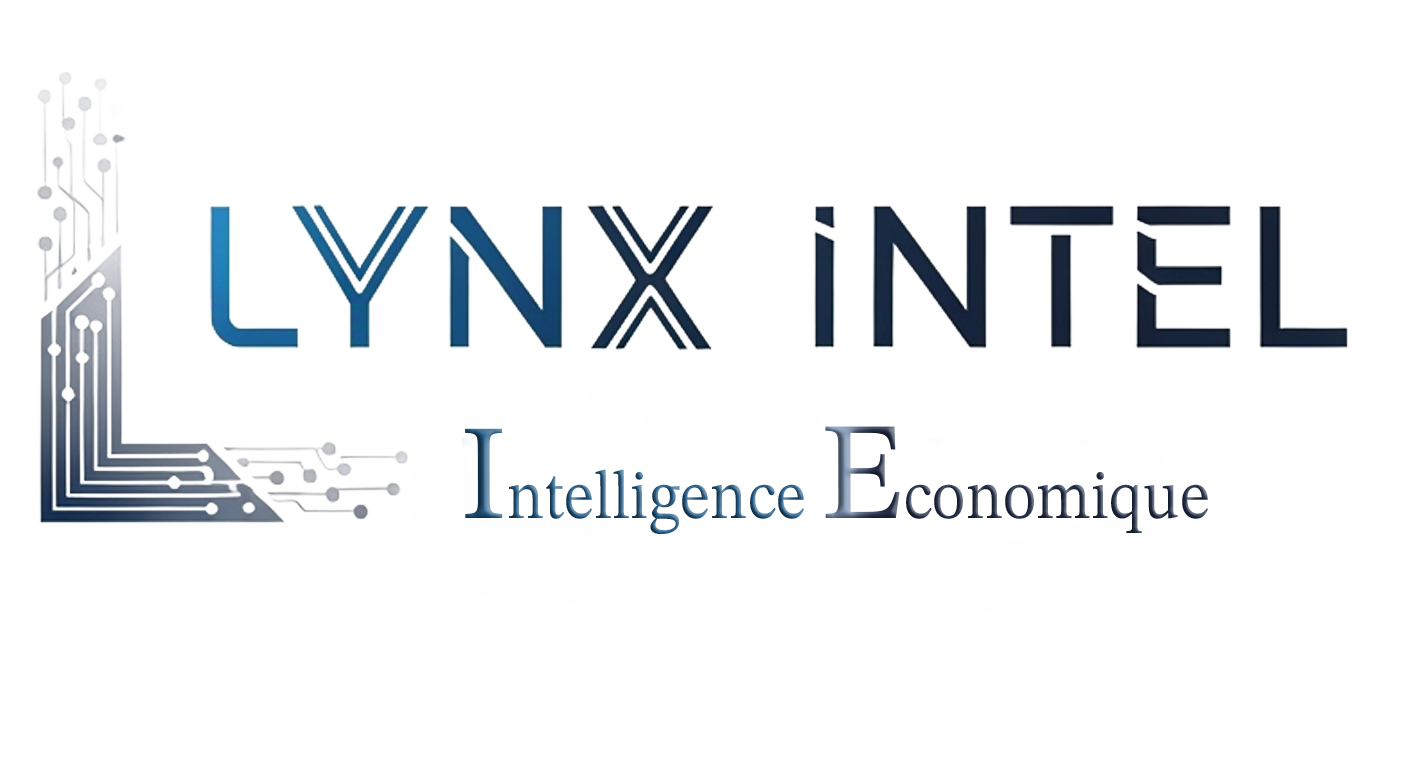In the ever-evolving world of cybersecurity, staying ahead of vulnerabilities is crucial. One such vulnerability making waves is CVE-2025-59511. If you rely on Microsoft Windows systems, this is an issue you can’t ignore. Learn what it is, the risks it poses, and how to protect your systems effectively.
What is CVE-2025-59511?
CVE-2025-59511 is a critical Windows vulnerability affecting the WLAN service. This flaw allows local attackers to manipulate file paths or names handled by the service, potentially enabling them to execute code with elevated privileges on targeted systems. This makes it a particularly dangerous exploit, especially in corporate environments.
Impacted Systems
This vulnerability spans numerous Windows versions, including but not limited to:
- Windows 10 Version 1809
- Windows Server 2019
- Windows 11 Versions 22H2, 23H2, and 24H2
- Windows Server 2022 and 2025
All vulnerable installations fall under versions marked as 10.0.17763.0 up to specific sub-versions. Organizations must audit their systems to verify their exposure.
How Does CVE-2025-59511 Work?
This vulnerability is classified under CWE-73: External Control of File Name or Path. Essentially, attackers can manipulate the WLAN service to load malicious files, gaining control over execution paths. The result? Unchecked privilege escalation that could compromise not just a device but an entire organizational ecosystem.
“Once exploited, CVE-2025-59511 allows attackers to execute malicious code with high-level privileges, severely impacting system integrity and potentially threatening broader networks.”
Key Risk Factors
Organizations with a heavy reliance on Windows systems face increased exposure. Notable scenarios include:
- Unpatched Windows 10 or 11 devices used by employees.
- Critical servers lacking timely updates and connected to public networks.
- Cloud environments or virtual machines running with unpatched WLAN services enabled.
These risks make it imperative for administrators to take swift remediation steps.
How to Mitigate CVE-2025-59511
Addressing CVE-2025-59511 demands immediate attention and proactive action:
1. Apply Security Patches
Microsoft has already released updates to address this vulnerability. Ensuring all at-risk systems are patched promptly is the most effective defense mechanism.
2. Adopt Preventative Measures
- Implement the principle of least privilege (PoLP) to reduce unnecessary access.
- Utilize application whitelisting tools to block unauthorized file execution.
- Monitor WLAN service logs for anomalies or suspicious behavior.
3. Enhance Monitoring Systems
Deploy robust intrusion detection and prevention systems (IDPS) to identify exploit attempts and stop threats in real-time.
Conclusion
The CVE-2025-59511 vulnerability highlights the critical need for proactive security practices. Its potential severity ranges from individual system compromise to widescale organizational disruption. Act promptly: patch your systems, strengthen monitoring, and enforce robust security policies. For tailored cybersecurity solutions and peace of mind, contact our team at Lynx Intel to secure your digital landscape today.


